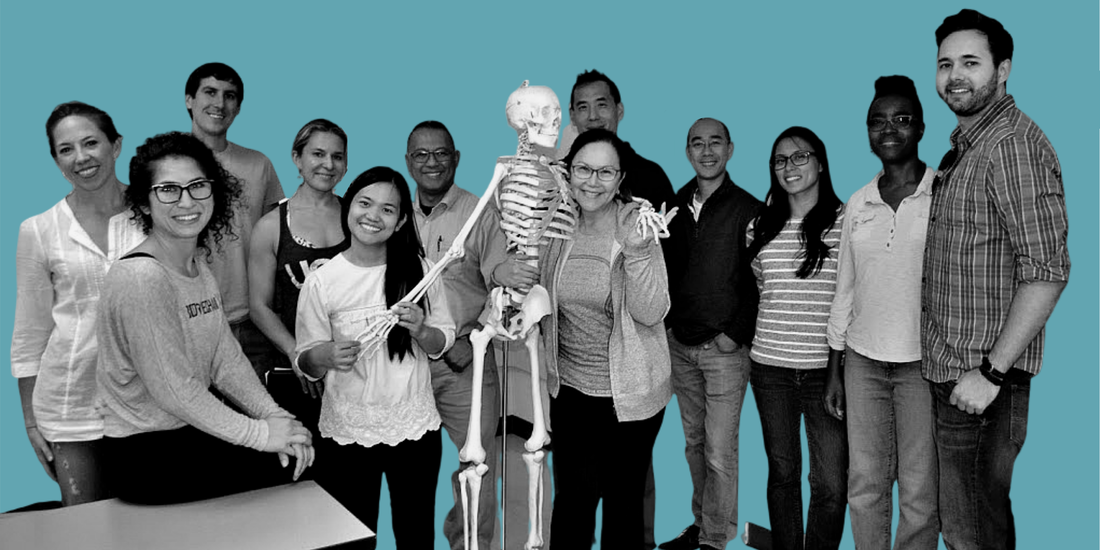|
Did you know that Ankylosing Spondylitis may be harder to diagnose in women?
Spondyloarthritis may be difficult to diagnose; it often goes undiagnosed or misdiagnosed. Since 2009, the Spondylitis Association of America (SAA) has observed April as Spondylitis Awareness Month in its ongoing efforts to draw national attention to a potentially debilitating disease.
Spondyloarthritis is also referred to as spondylitis or SpA, and informally, as spondylitis. Watch an informative video here.
Spondyloarthritis (pronounced spon-dyl-oh-arthritis) is the name given to a group of closely related rheumatic diseases that primarily affect the spine (spondylo) and other joints. The diseases are currently grouped or classified in a traditional SpA classification system, which recognizes six separate diseases, and a newer SpA classification system that has two broader categories encompassing the full range of SpA. According to SAA, common features of spondyloarthritis include inflammatory back pain, as well as pain and inflammation in the pelvis, neck, intestine, eyes, heels, and various larger joints. The condition usually begins between the ages of 17 and 45. Systemic inflammation is a key feature that helps distinguish spondyloarthritis from other types of arthritis, including wear-and-tear arthritis such as osteoarthritis. A rheumatologist is commonly the type of physician who will diagnose the condition. SAA suggests five questions that can help determine if pain and symptoms are characteristic of inflammatory back pain. "People with the disease can present with generalized back pain or a sore neck they can’t really explain," observes Pete Slabaugh, MD, of Oakland, who specializes in surgical and nonsurgical treatment of spinal disorders.* SAA notes that Ankylosing Spondylitis can manifest differently at onset in some people, and differently in women than men, making it harder to diagnose. Unfortunately, there is currently no cure for spondyloarthritis, although new biologics can provide relief from pain. Effective treatments include medications; physical therapy, regular exercise, stretching the spine and maintaining good posture; diet and nutrition; various complementary therapies; stress reduction; and heat/cold treatments for stiff joints and tight muscles. In severe cases, surgery can be an option. *Dr. Slabaugh is a Board member and Medical Director of Jackson Orthopedic Foundation. Comments are closed.
|
AuthorsWe're the staff and volunteers at Jackson Orthopedic Foundation, committed to improving the lives of patients with musculoskeletal conditions through education, research and service. Archives
July 2024
Categories
All
|
|
|
Jackson Orthopedic Foundation
400 30th Street, Suite 102 Oakland, California 94609 510.238.4851 Our live courses are taught in Lafayette, California
|



 RSS Feed
RSS Feed


